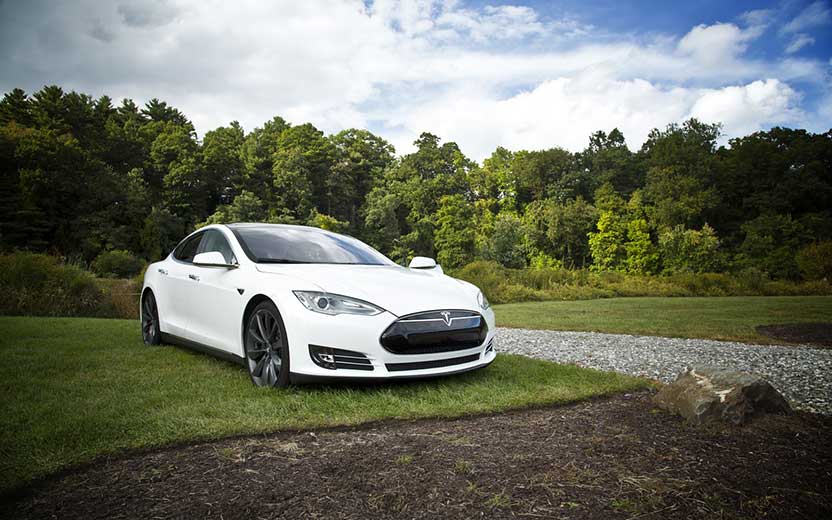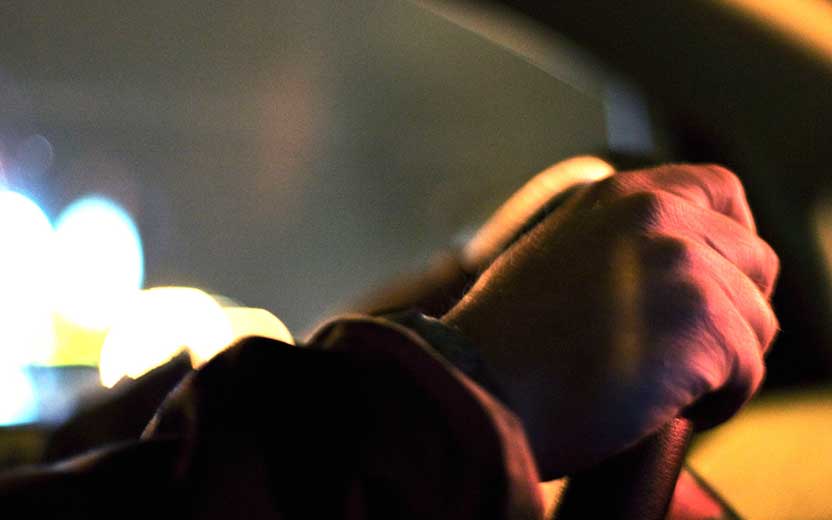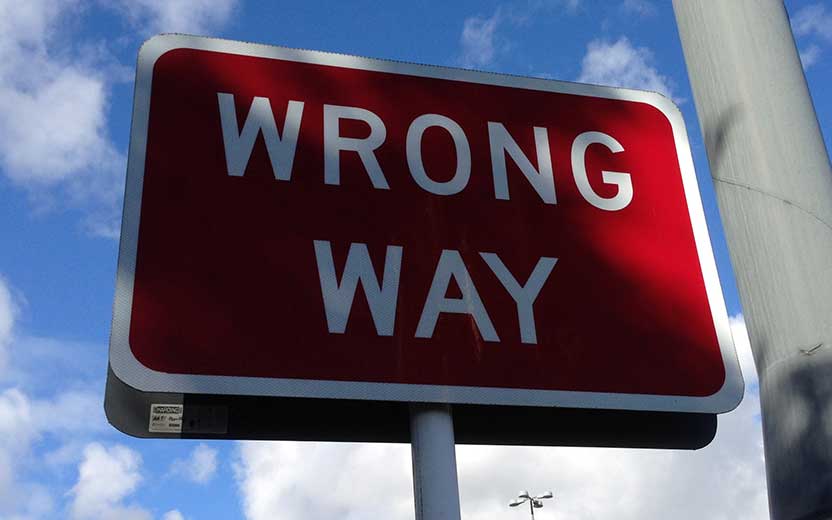By Marcus Fernandez
The Blame Game in Self-Driving Car Accidents
So who is responsible during an accident where the driver is the car itself? A number of car manufacturers, such as Volvo, indicate that they are willing to accept liability if one of their vehicles is at fault. However, it is not necessarily that easy to determine where the fault lies. A driver-less car consists of numerous computerized systems developed by different programmers produced by various companies. Pinpointing the system that caused or contributed to the crash can be difficult and time consuming. Also, governments have not yet developed policies regulating the self-driving car industry to help ensure that consumers understand that they will have legal and financial recourse. With humans causing more than 94% of the car accidents each year, it’s not surprising that top regulators have indicated they’re determined to pursue “life-saving technologies” and tools for increased road safety. Even though the self-driving car may seem like a thing of the future, car accidents are, unfortunately, a thing of the present. If you have been involved in a car accident, either as a driver, passenger, pedestrian, or cyclist, contact us. Only a reputable and experienced law firm specializing in vehicular crashes can help you navigate your claim and get the compensation you deserve.What is a self-driving car?
A genuinely self-driving car operates without any intervention from a person. The vehicle’s technology allows it to select a route and handle all driving tasks to reach its destination. Anyone occupying an autonomous car does so as a passenger, not a driver or standby driver. Cars currently available for sale do not meet the criteria for classification as self-driving or autonomous vehicles developed by the Society of Automotive Engineers. The SAE classifies automation technology in a car using the following five levels:- Level Zero — Momentary Driver Assistance: Cars at this level of automation may have assistive technology, such as driver warnings for lane departure and forward collision, but they rely on complete driver engagement to brake, control speed, and steer.
- Level One – Driver Assistance: Cars at this level have systems, such as adaptive cruise control and lane departure assistance, that drivers engage to assist with specific functions, but a person drives the car.
- Level Two – Additional Assistance: Installed technology continuously monitors vehicle operation and can steer, brake, and accelerate. However, the systems only assist, but not replace, a driver.
- Level Three – Conditional Automation: Drivers take on a standby role with installed technology handling the driving under precisely defined conditions. A driver takes over operation when the vehicle encounters a situation it is not programmed to handle.
- Level Four – High Automation: A car’s occupants become passengers at this level with the technology controlling its operation. However, level four automation programs prevent vehicle use outside a designated service area.
- Level Five – Full Automation: Level five cars are fully autonomous and capable of operating on all roads without limitation on service areas or conditions.
How many self-driving cars are in use?
Approximately 1,400 self-driving cars travel the nation’s roads in tests conducted by 80 different companies. These fully self-driving vehicles operate without any oversight or control by a driver. They should not be confused with more than 200,000 cars and trucks that feature limited self-driving capabilities.
About 7% of cars manufactured and sold each year come equipped with systems that independently control functions such as steering and braking. Unlike a fully autonomous vehicle, cars with self-driving systems require the presence of a driver to monitor their operation. They take over control of the vehicle when circumstances require it.
What happens when things go wrong?
When self-driving car accidents occur, the results have been devastating. A recent accident further proved that a car’s self-driving system, known as the autopilot feature, is no substitute for human awareness. The vehicle tragically crashed into a semi-trailer moments after it’s autopilot feature was engaged, killing the driver.
According to preliminary investigations by the National Highway Traffic Safety Administration and the National Transportation Safety Board, the driver of the car activated the self-driving feature and removed his hands from the steering wheel 10 seconds before the crash. Neither the driver nor the self-driving feature took any action to brake or steer clear of the crash. The car was traveling at 68 mph. The collision is similar to one that occurred two years earlier when the same make vehicle also crashed into a truck.
The NTSB investigated the death of a woman struck by a self-driving car while walking her bicycle across the street. It found that several factors contributed to the accident, which involved a vehicle being tested on the road by a ride-hailing company. Contributing factors included the following:
- The vehicle operator was distracted by watching a TV show on a cellphone. They failed to notice the cyclist until it was too late. They no longer had time to take control of the car from the self-driving system.
- The car service company failed to monitor its drivers. If they had done so, they could’ve potentially prevented behaviors that distracted operators from the road.
- Due to system programming, the self-driving system was unable to detect and react when a pedestrian crossed a street outside a crosswalk.
Media reports stated that 36 accidents involving vehicles operated by the same company occurred before the one which killed the pedestrian.
If you need a Car Accident Attorney, contact us.

